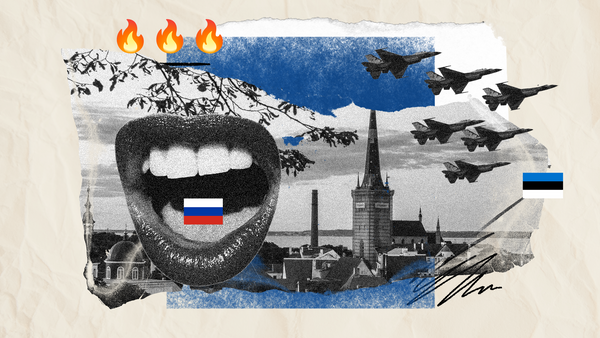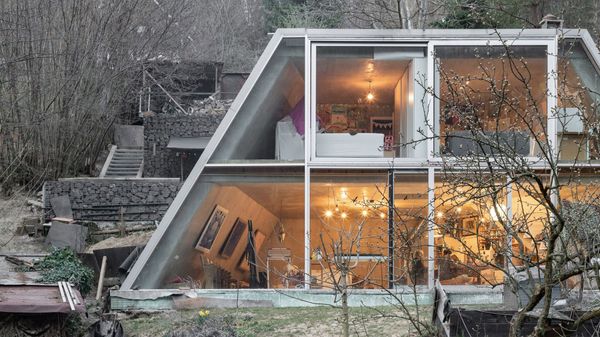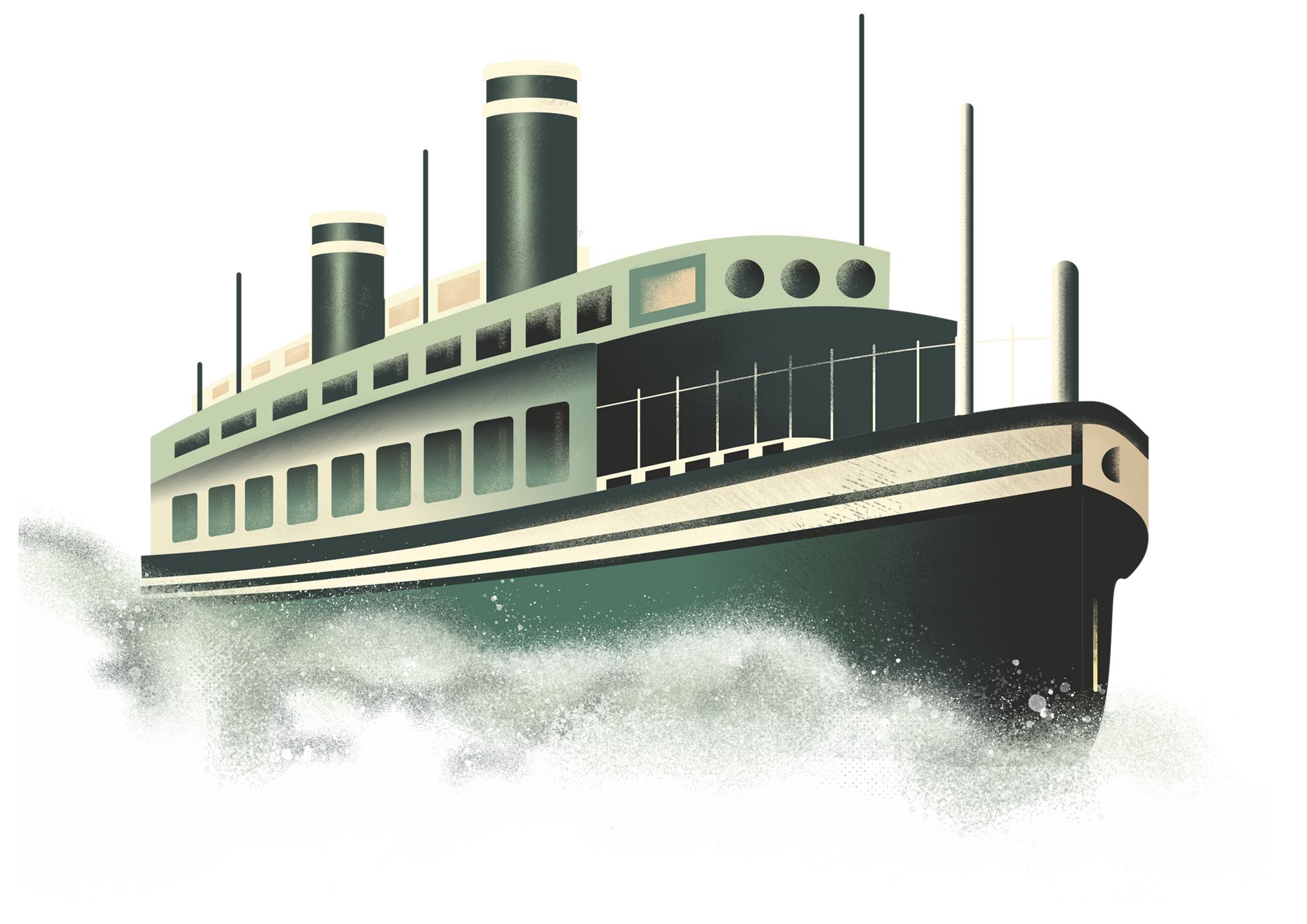Free navigation on the Danube became possible after the Treaty of Paris in 1856 ending the Crimean War, followed by the establishment of shipping companies, which led to the flow of people, animals, goods, news, and information on the river. By 1900, river traffic was in place with 100 boat stations.
The history of steamships on the Danube goes back even further. It began in 1830 when the Austrian First Danube Steamship Company built Franz I, which started the first regular steamship service between Vienna and Budapest in March 1831. The trial trip lasted 14 hours and 15 minutes; the ship had space for the “ladies”, the captain, and a restaurant, and the walls adorned with mirrors were made of oak. But the really big and famous boats didn’t cruise the Danube until the turn of the century.

Empress Elisabeth of Austria
Empress Elisabeth of Austria was built by the Újpest Shipyard and launched in 1895. Her deck included decorative railings and the wheelhouse divided her into two parts (1st Class and 2nd Class). The engine room, kitchen, and dining room were all below deck, with a spiral staircase leading down to the common bedroom, where nearly forty people slept, but there were also separate sleeping cabins. Empress Elisabeth was set on fire and completely destroyed on June 20, 1912, by assassins near Cernavodă on the Lower Danube. Afterwards, she underwent numerous renovations and sank multiple times; some sources say that she did not survive WWII, while others argue that after 1945 the Soviets picked her up and towed her to the Soviet Union.
Count István Széchenyi
The paddle steamer started her service in 1896 and was the Danube Steamship Company’s largest ship at the time. In 1896, at a press conference in Budapest, about 500 guests traveled on the decorated ship. A journalist reported the experience as follows: “As the ship slowly traveled up between the banks of the Danube, we left the most stunning buildings of the capital behind while waiters from the onboard buffet brought quick bites of caviar and fresh beer. Magnificent and wonderful were the two words mostly uttered by the ship’s audience.” On August 18, 1914, Count István Széchenyi was destroyed by the Serbian artillery over Orșova.

Sophie, Duchess of Hohenberg
The side-wheeled luxury steamship, or regal yacht, was completed in 1914, primarily for the use of the ruling and privileged classes. The ship first sailed just two days before the assassination in Sarajevo on June 28, 1914, at which time she was renamed after Sophie Chotek, assassinated alongside her husband, Archduke Franz Ferdinand. On her first trip from Passau to Regensburg, she carried King Louis of Bavaria, accompanied by his family and courtiers. The strikingly white ship featured spacious halls, bedrooms, and lounges furnished with oak furniture and decorated with leather, a game room, relaxation areas, a dining room, mirrors, and electric lighting, all of which made the ship appropriate for the needs of the upper class. During the war, she was used for less romantic purposes, transporting kings and generals to visit troops, including the German Emperor Wilhelm and Ferdinand I of Bulgaria. Moreover, she functioned as the headquarters of the press and of General Eugen.
Archduke Franz Ferdinand
Archduke Franz Ferdinand, a ship able to accommodate over a thousand passengers, was inaugurated in 1913 in the Danube’s largest port at the time. After WWI, she was known as Rigó, Leányfalu, and finally, Kossuth, the name she bears to this day. As Réka Vikárius wrote in one of the episodes of Hype & Hyper’s Budapest Mosaic series, “In the heart of the city center, surrounded by the World Heritage panorama of the Buda Castle, the Kossuth Museum Ship is moored at one of Budapest’s oldest boat stations, on the Pest side of the Chain Bridge, where it has been docked since 1984.”

How has the Russian speaking minority in Estonia changed?

Enjoy the scenery along the Warta River from a new footbridge










